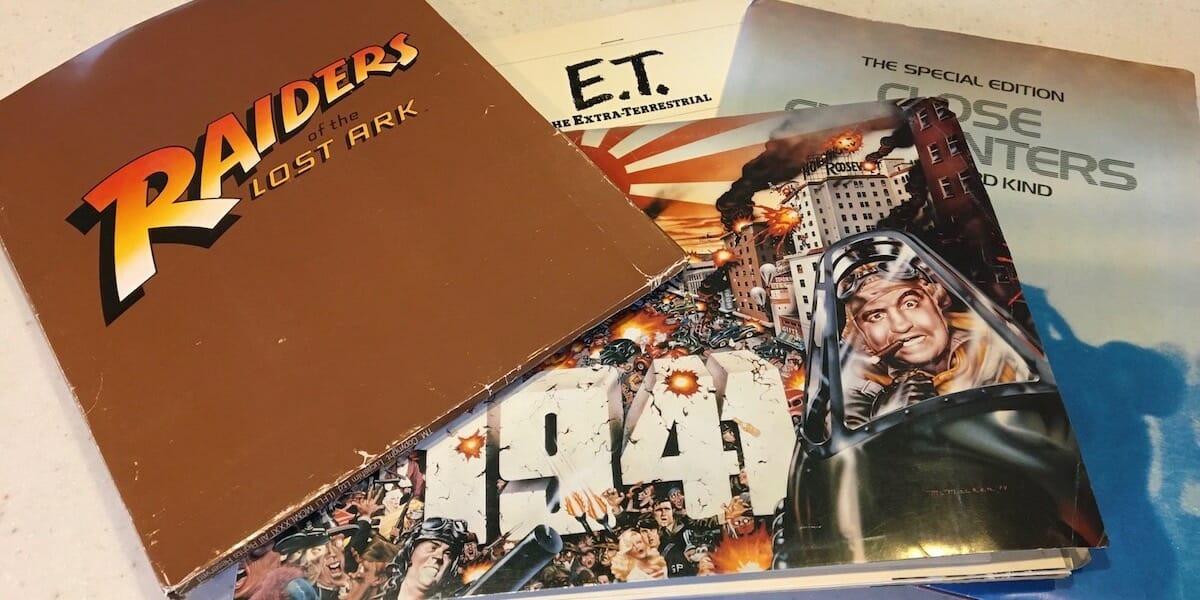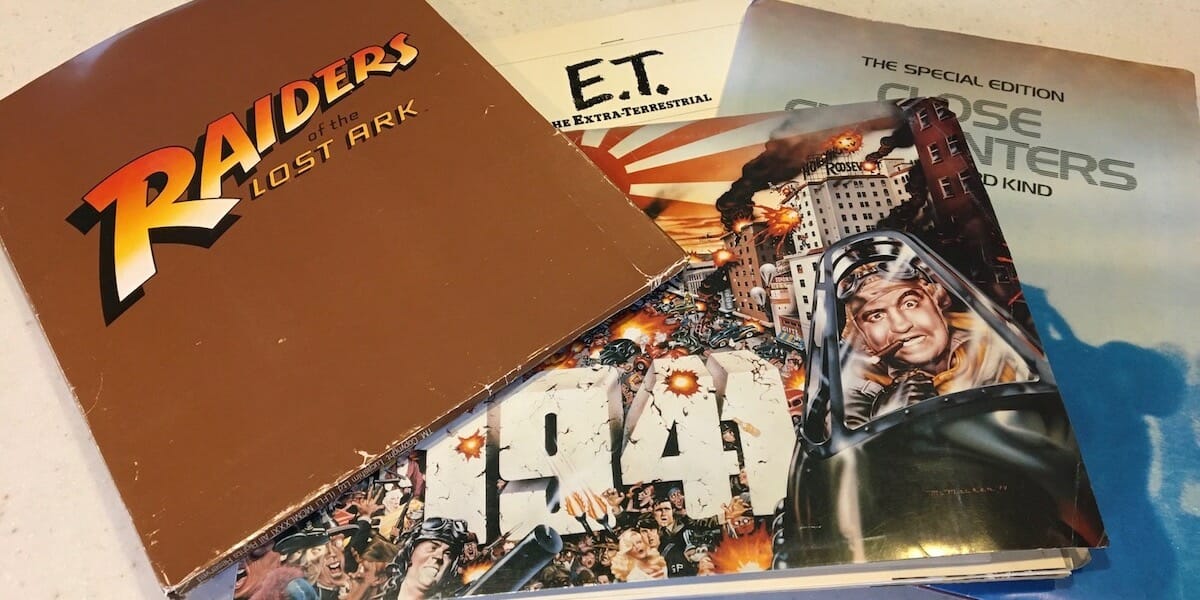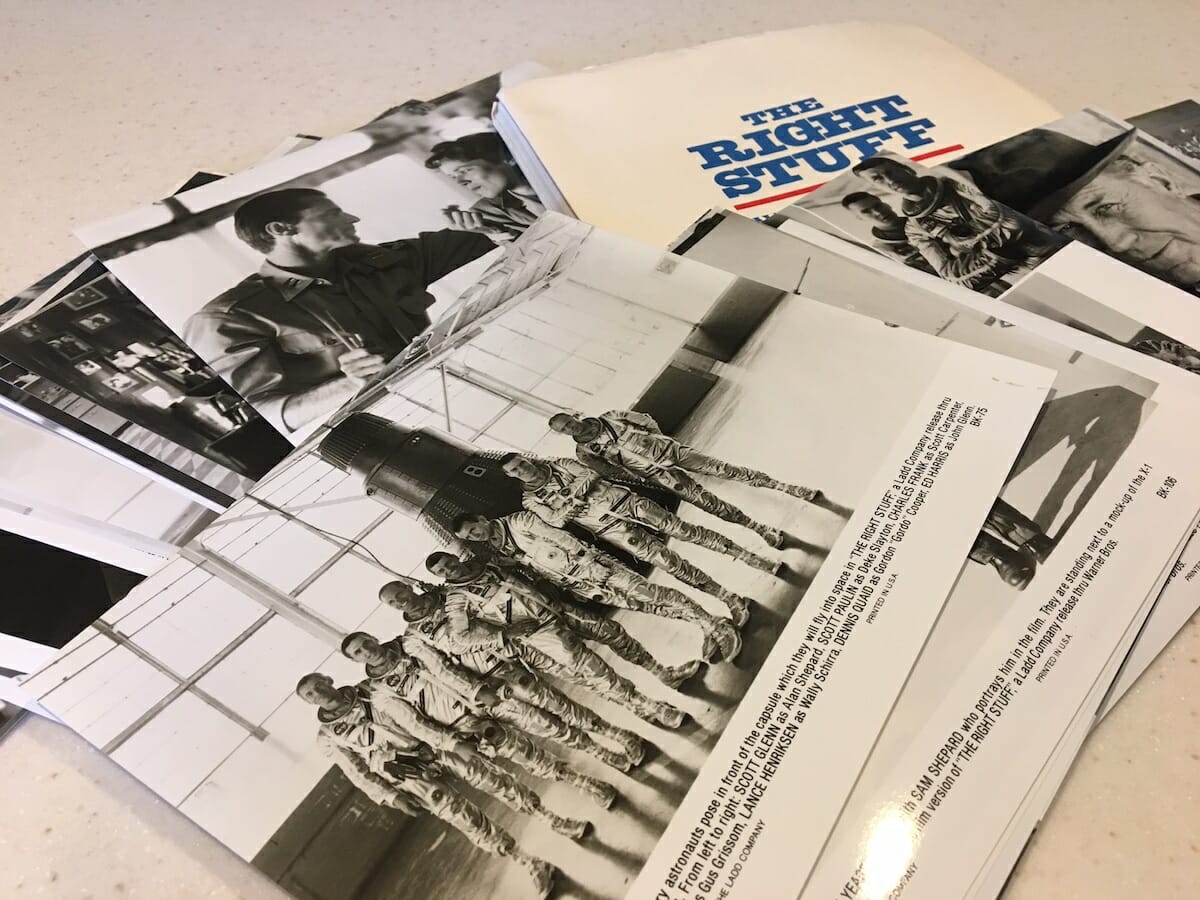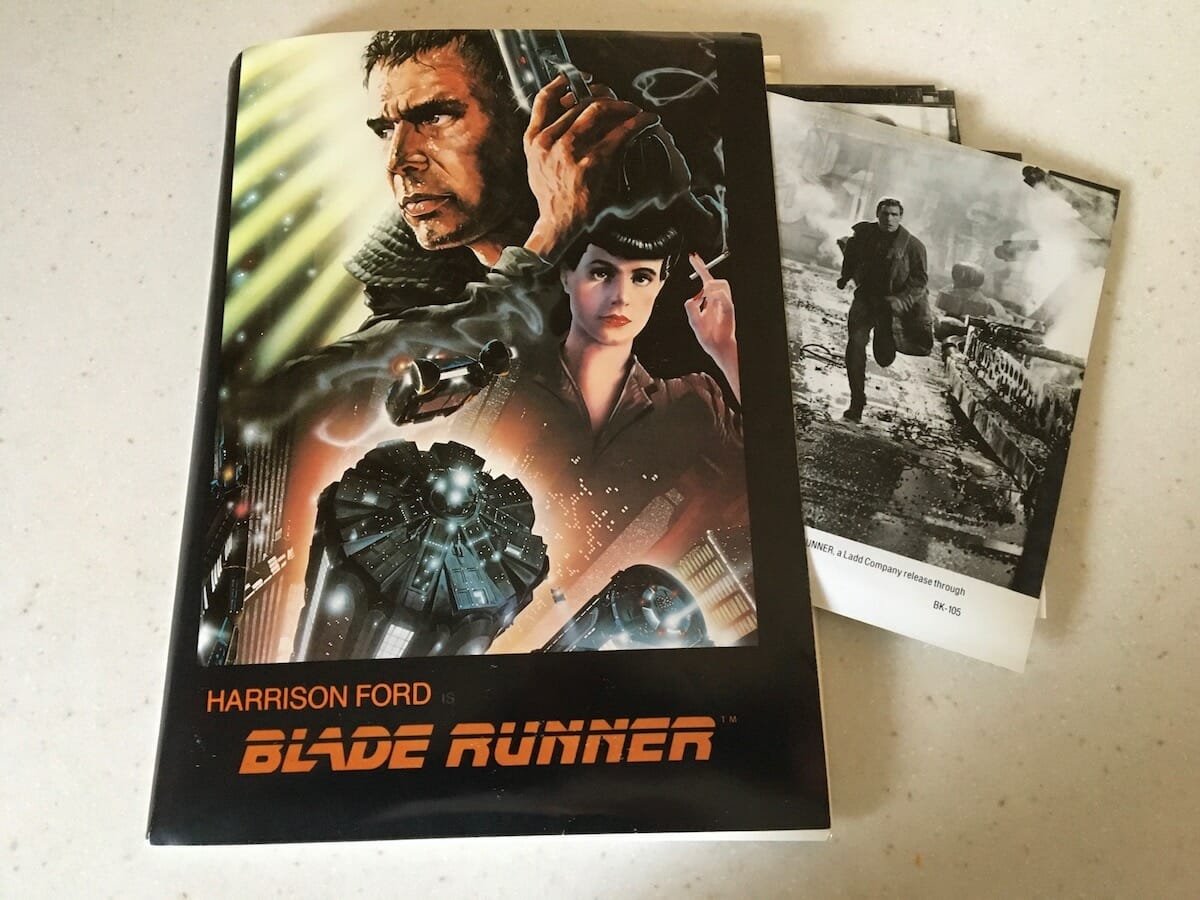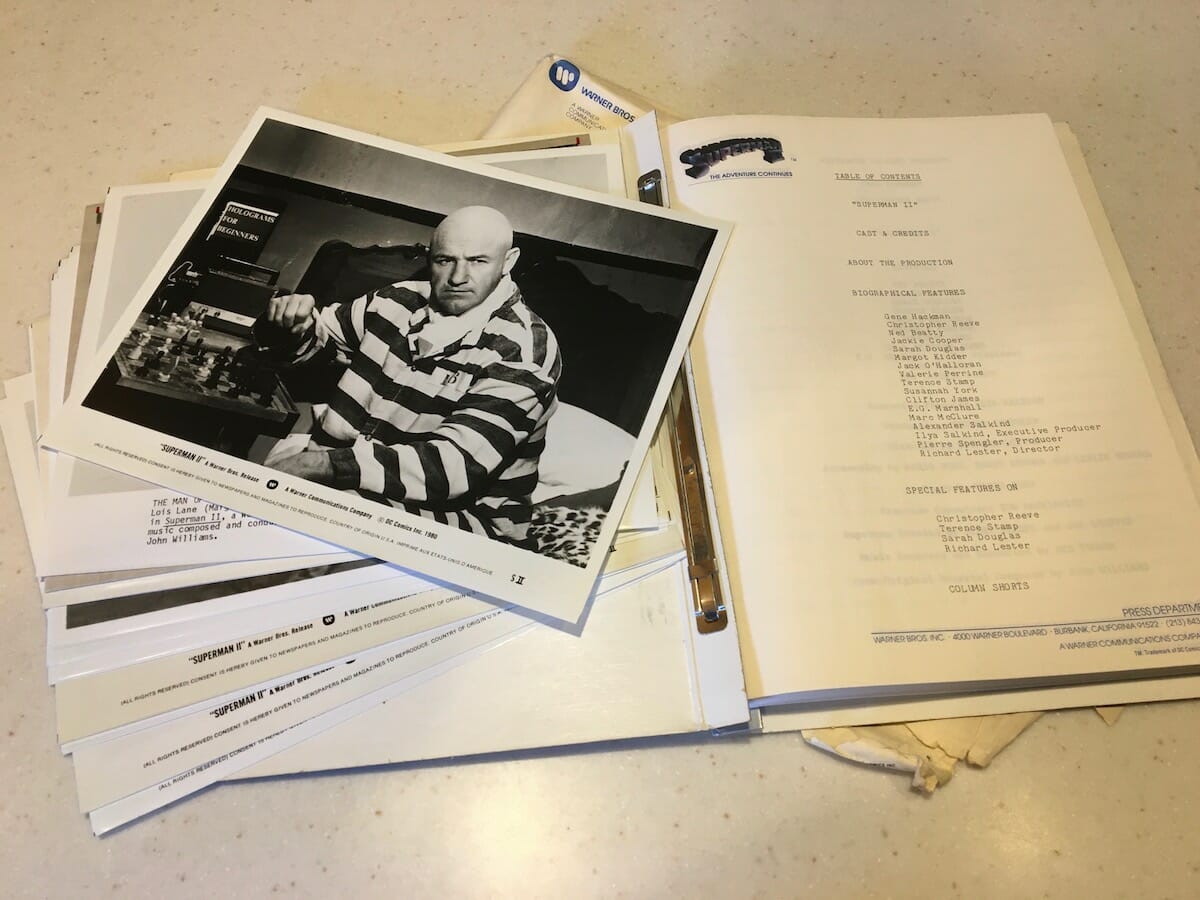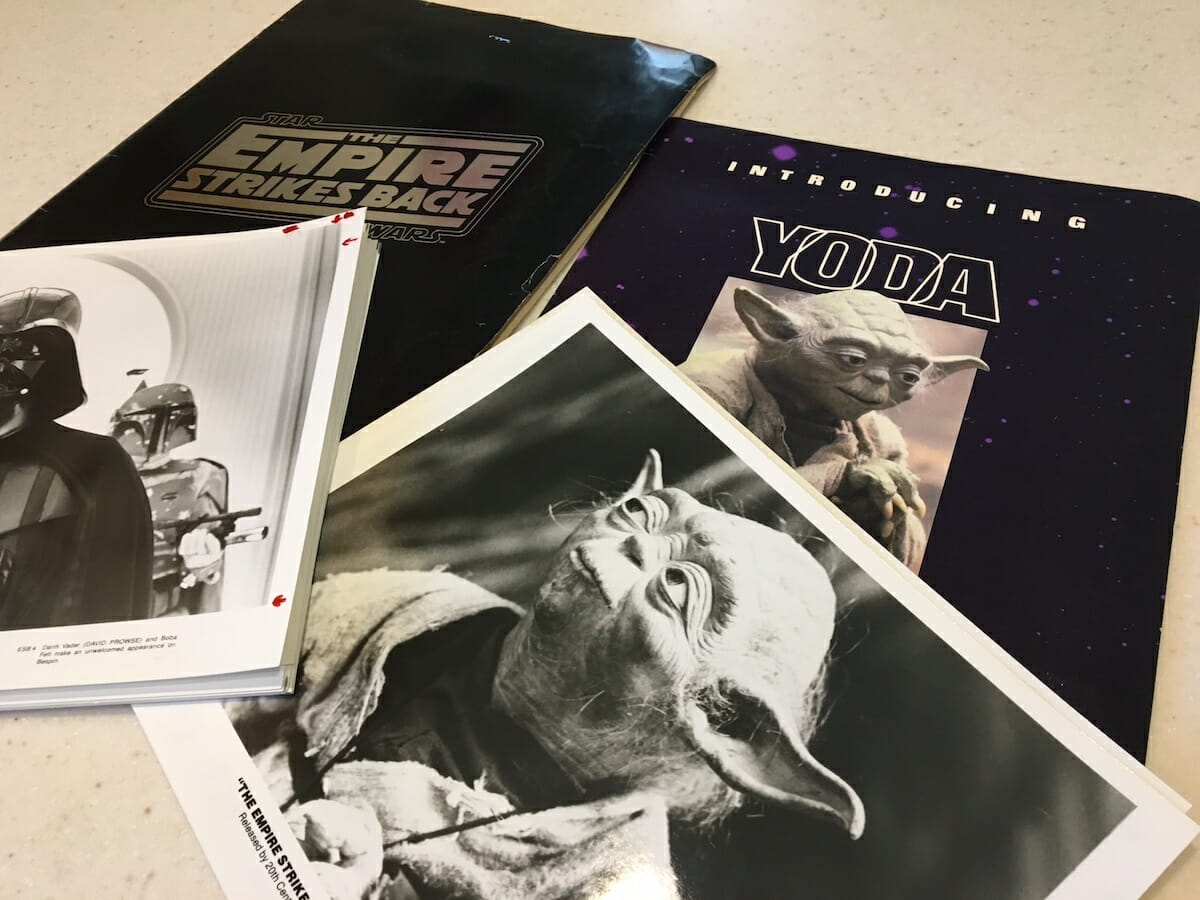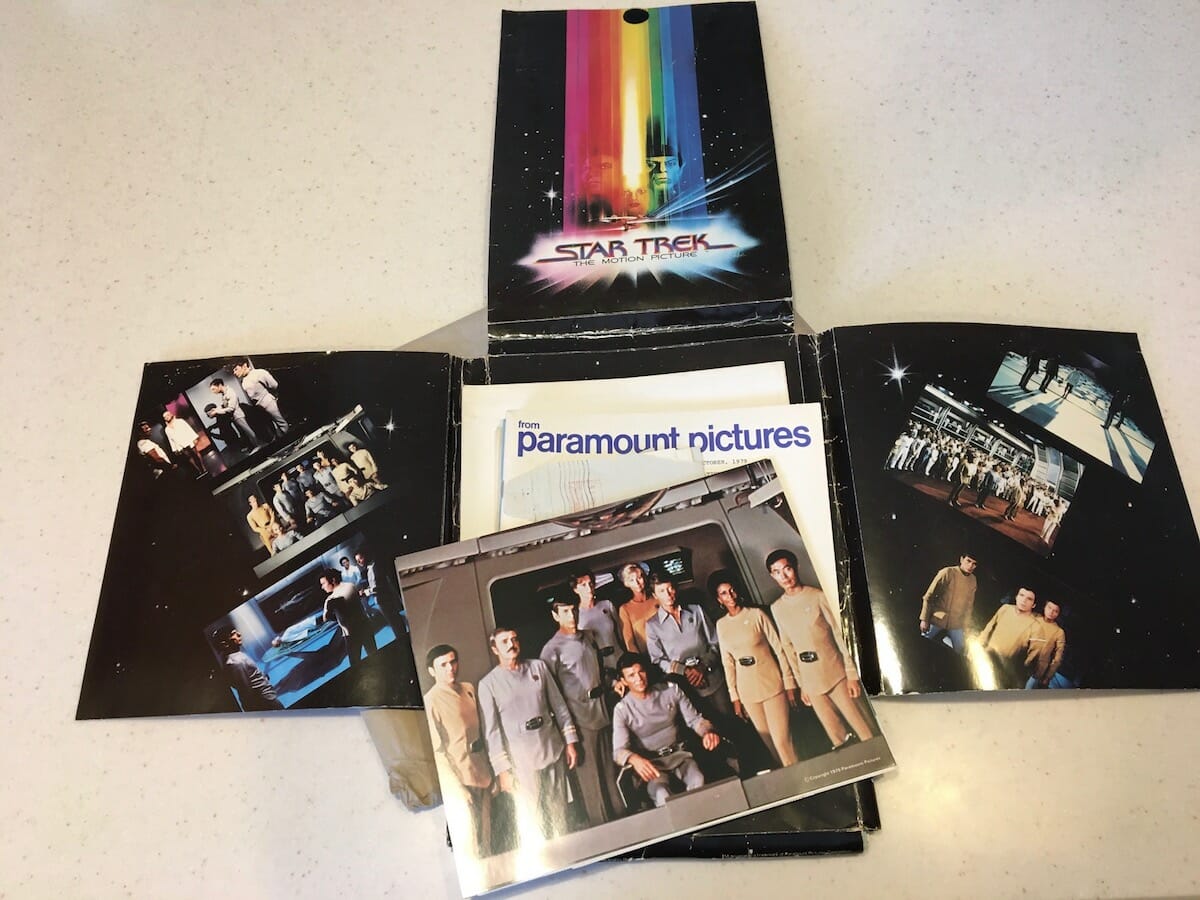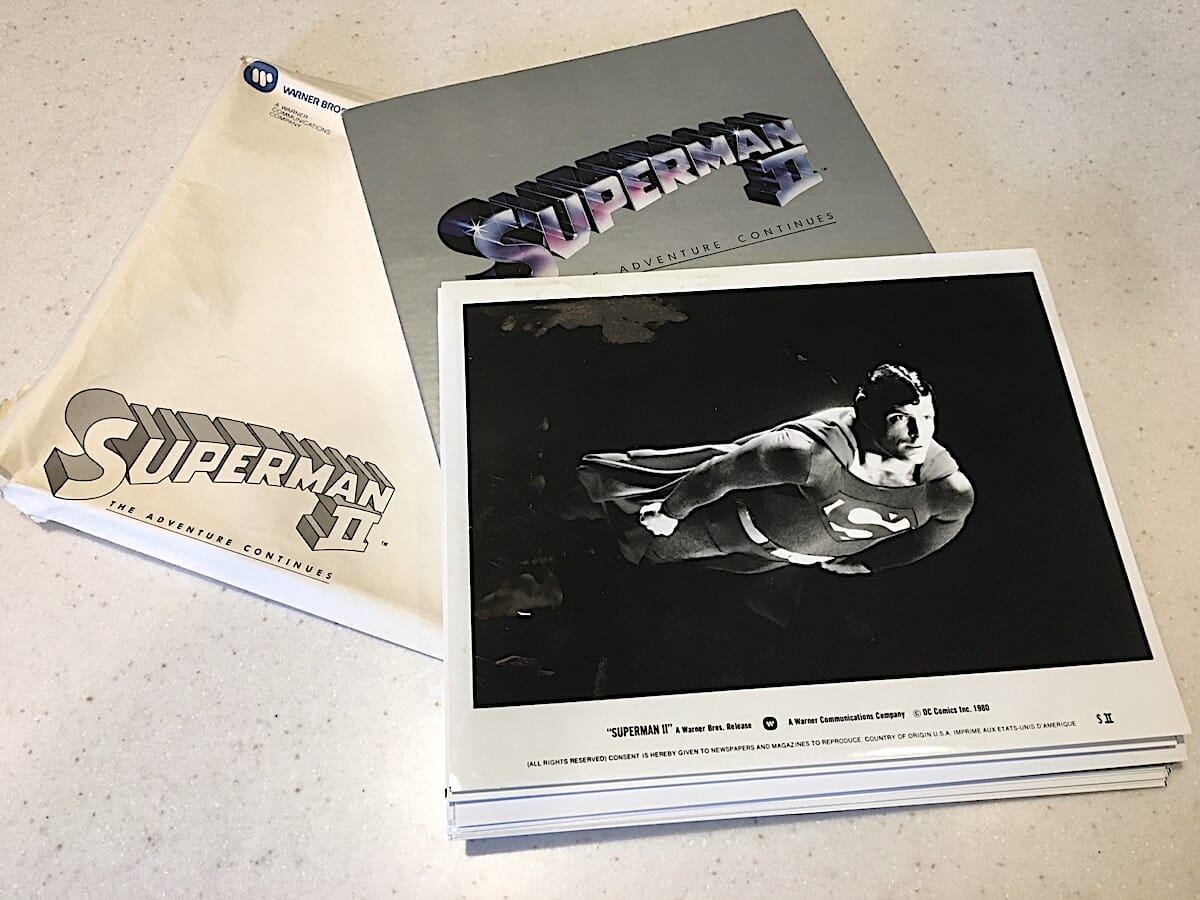When A Nightmare on Elm Street 3: Dream Warriors came out in February 1987, I was primed to review it for the newspaper where I worked. I liked the Elm Street movies and one of my best friends, who had moved from Indiana to California after college, had worked in special effects for Dream Warriors – he helped create the Freddy Snake. I was chagrined though when the press kit for Dream Warriors arrived in the mail at the newspaper office and was excited at the realization that a blurb from my review of a previous Elm Street film was quoted in the official press kit.
Unfortunately, it was a quote from me not about the 1984 original – a movie I still think is a great variation on the 1980s slasher theme – but from A Nightmare on Elm Street 2: Freddy’s Revenge, the 1985 sequel that everybody but me, apparently, thought was lackluster. If Roger Ebert had given Freddy’s Revenge a rave review, they would have used a quote from him in the press kit for the subsequent movie instead of mine.
I don’t know what I was thinking when I wrote my review for Freddy’s Revenge, but it made me glad that the blurb was the last review of mine ever cited in a press kit. That personal low point aside, however, I had pretty great use of press kits during the time I reviewed movies, from 1978 to 1990.
It should be noted that press kits are different from press books, which were advertising tools sent by studios to theaters and drive-ins for most of the 20th century. Press books included dozens of pieces of advertising art that theater managers could cut out and submit to newspapers to use in ads. Press books also included hints for theater managers for promoting their movies, including stunts like how to decorate the theater lobby with Frankenstein monster mannequins and such. Press kits, on the other hand, were promotions purely aimed at newspaper (and TV, I guess) reporters and editors. And that’s what we’re here to talk about today.
Press kits were a hugely useful tool to me and other newspaper movie reviewers and editors. The black-and-white photos that ran in newspapers with reviews – either by me or Roger Ebert – came from press kits. The kits included anywhere from a handful to dozens of 8-by-10 glossy stills from the movie they were promoting, along with sometimes-exhaustive cast and crew information (so that even us hicks in the sticks would know who the director of photography was and how to spell the screenwriter’s name). The kits were also often also deeply weird, which is probably why I’ve saved dozens of mine for 40 years or more.
From what I gather, these hard-copy press kits have been replaced, for the most part, by electronic press kits, with links to downloadable photos and easy access to cast and crew bios. Back in the day, we had no other way to get photos to run along with our reviews unless they moved on a wire service, so press kits were essential if newspapers wanted a nice visual presentation of their reviews, articles and interviews with principals.
Newspaper reviewers kept the press kits coming by sending tearsheets – full pages torn from newspapers – that proved we were using photos from the kits. We sent these to publicists for Warner Bros or Twentieth Century Fox or any other studio at public relations firms in Chicago, Cincinnati or New York. There’s some truth to the idea that if we savaged a movie in a review, we might not send a tearsheet of that particular review to a publicist, hoping that they wouldn’t notice our most savage criticism. Sometimes we’d get feedback beyond the cutting off of future press kits: One morning I got to work and there was a phone message left for me by someone on the night desk at the newspaper. Eddie Murphy’s people had called sometime in the evening to correct my impression that one of his previous movies had been a box-office bomb when it had actually made such-and-such amount of money. As the editor who took the note said, “This shows no matter how much money you have, you can still be sensitive.”
Your basic press kit primarily consisted of a sturdy folder with photos and cast, crew and production info inside. The writing in the cast, crew and production sections were usually serviceable, but that was probably all it needed to be. I don’t recall any instance when a press kit copy provided any more oomph than it needed to.
Some press kits provide insight into who was in the good graces of the advertising copywriters and who was not. For Ridley Scott’s Blade Runner, the three-page bio for Rutger Hauer calls him “Holland’s top film star” and says Blade Runner is “the biggest role of his flowering career.” No quotes from Hauer directly. The bio of Sean Young – a.k.a. the film’s “Rachael” – begins, “’I didn’t decide to be an actress; I just always knew I would be one,’” says Sean Young. The outgoing, cheerful young woman makes it sound simple, but she knew otherwise. “I knew it wouldn’t be easy, but not to try would be inexcusable.’”
In the Howard the Duck kit, the production notes say, “Howard’s transformation to a Hollywood movie star has been a successful but expensive proposition – a move to the coast (a marsh in Cleveland wouldn’t do), an agent, voice lessons. ‘And now,’ chides (director Willard) Huyck, ‘Howard comes with an entourage bigger than Eddie Murphy’s.’” (I wonder if they got a call from Eddie Murphy’s people, too.)
One press kit that missed an opportunity was for 1981’s The Great Muppet Caper, which really should have gone all out with bios of the stars but instead offered only a paragraph or two about each. It does note this: “On The Muppet Show, Statler and Waldorf are the two elderly gentlemen in the theater box who occasionally make light criticism of the performance onstage. They have seen everything – and hated it. Waldorf (on the left) has not had a good laugh since the opening of Madea with the original cast. Statler (on the right) still considers Shakespeare a literary revolutionary. They are not going to laugh or like the fun and adventure in The Great Muppet Caper either.”
Sometimes the press kits were plain white folders with the movie’s title printed in black block lettering on the front. Such was the case for the Howard the Duck kit. The 1986 misfire tried to introduce the Marvel Comics avian hero to the masses and a stark black-on-white press kit was appropriate. Maybe they should have sent it in a plain brown paper wrapper.
Many press kits were in folders with full-color covers that reproduced some key art from the promotion of the movie. The kit for Raiders of the Lost Ark used the shot of whip-wielding Indiana Jones that’s familiar to anyone who’s seen the movie poster.
It’s possible that today few people remember 1941, the 1979 action comedy set in Los Angeles during December 1941 and directed by Steven Spielberg. But I can guarantee that any reviewer working in 1979 who got a 1941 press release in the mail remembers it – and so does their letter carrier. I won’t say that kits for 1941 were the heaviest ever, because they were not, but the kits were packed with photos and included dozens of individual cast and crew notes, all printed on paper that looked like letterheads for the movie.
If we’re judging these press kits by ascending weight, however, the kit for Superman II (1980) might fall next. It contained not only a plethora of photos, but all the production information was bound together in script-like form.
Director James Cameron – famous for The Terminator in 1984 and Aliens in 1986 –turned to the mysteries of the deep with The Abyss in 1989. The kit for The Abyss might not have been the only one in a self-contained, beautifully printed cardboard case but was almost certainly the only one that came in a cardboard case and had wirebound production information tucked inside.
There was never a more elaborate press kit than the one for Star Trek The Motion Picture in 1979. The oversize kit came in an envelope with the movie’s name on the outside. Inside, the Velcro-secured kit opened and unfolded to at least four times its size. The kit was in full color and – an anomaly here – so were the glossy photos included. (Years later, I took the color photo of Leonard Nimoy as Spock along when I went with a group of friends to see Nimoy perform his one-man show, Vincent, in a theater in Ohio. We met Nimoy at the stage door and he signed programs. When I (respectfully) offered the photo of him in full Spock drag for his signature, he gave a little sigh. But he signed it anyway.)
Probably the rarest press kit in my collection is the package for 1980’s The Empire Strikes Back. The press kit for Empire was nothing special, but there was a thinner companion kit, “Introducing Yoda,” with a few pictures of the Frank Oz-operated Muppet and promotional material about his little green self. (Yoda, not Frank Oz).
I occasionally see press kits for sale online, but I have no real idea of what they’re worth or what they might sell for. I’ve never wanted to sell mine. And to think, I only had to hang on to the oldest of them for about 43 years for fodder for an article.
(Oh and by the way, that Freddy Snake? My friend pulled it from the Dumpster after shooting wrapped and put it in his car trunk. For months, he drove around L.A.’s freeways with the huge phallic thing. We lived for the day he’d get pulled over and, for some reason, the cop would ask him to open his trunk, only to find this 10-foot-long rubber thing there. Never happened, unfortunately.)
